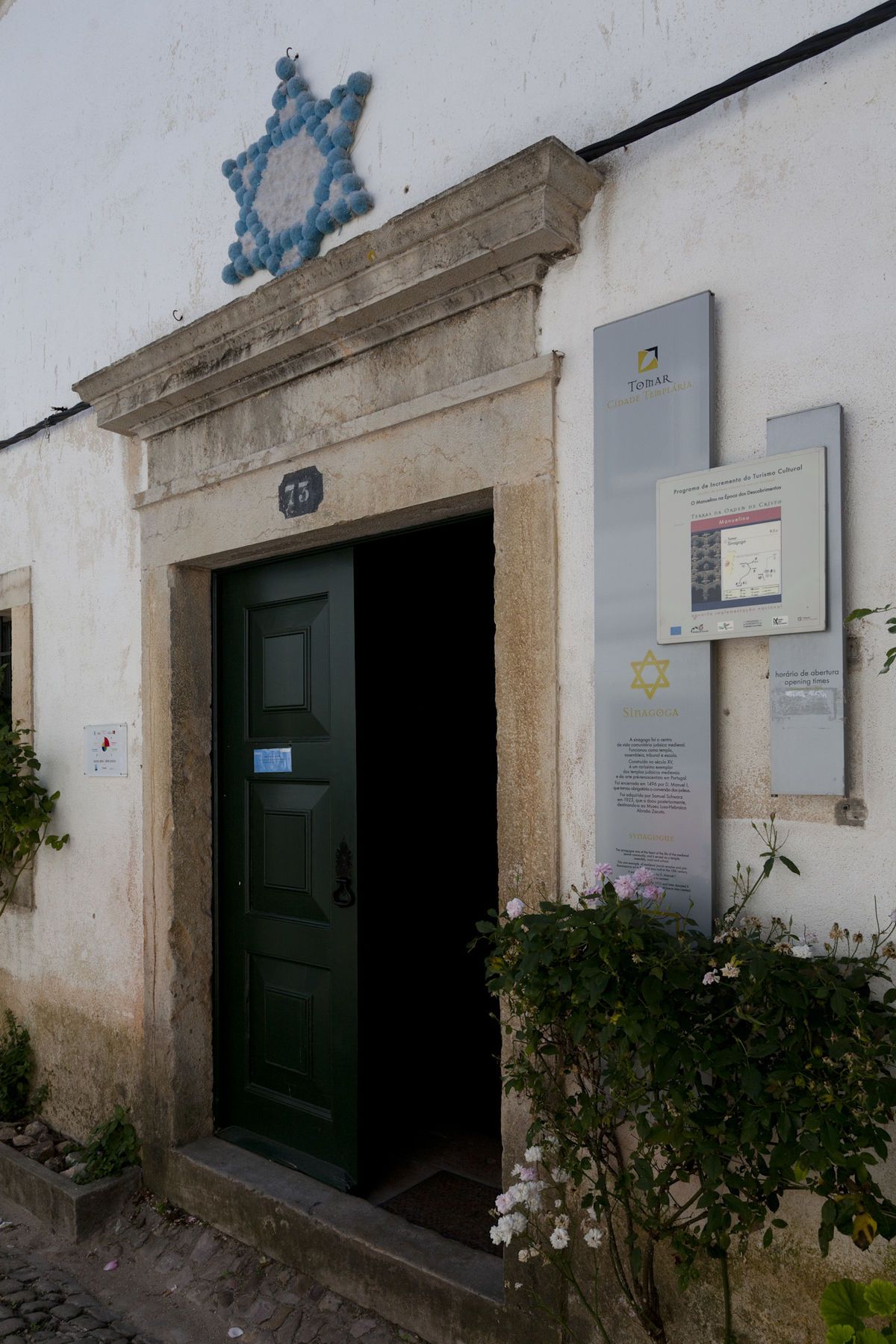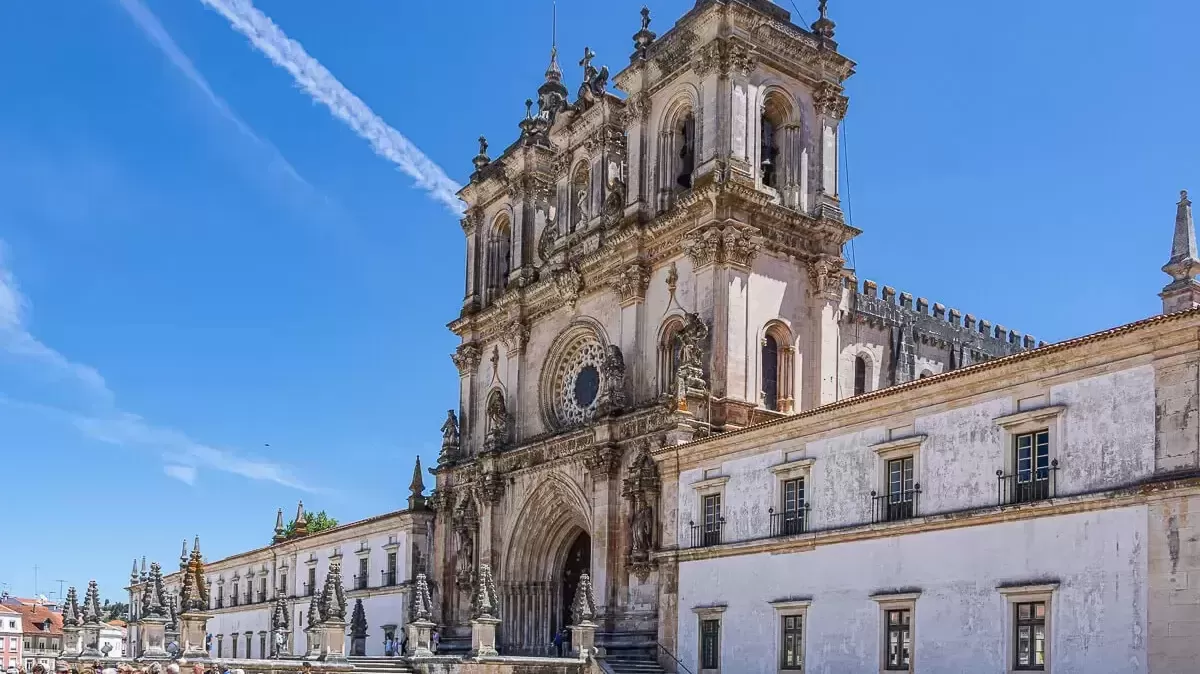Probably one of the best-known monuments in the city, the Convento de Cristo became a UNESCO World Heritage Site in 1983. The building had its works extended over several centuries. Its construction began in 1160, right at the beginning of the Kingdom of Portugal. The Convento de Cristo characterises the set of buildings that join the Castelo Templário de Tomar, the Charlota Templária, the Mata dos Sete Montes, the Ermida da Nossa Senhora da Conceição and the Aqueduto dos Pegões.

The works started in the 12th century and were only completed at the end of the 17th century, which led to several generations working towards the completion of the Convento de Cristo, which today functions as a tourist site, one of the most visited in the region. Because it spanned several generations, the architectural complex has various styles of architecture represented, such as Romanesque, Gothic, Manueline, Renaissance and Mannerist. Those who visit the Convent of Christ will be able to appreciate the Gothic cloisters, the Manueline church, Renaissance cloisters and dormitories, for example.
The chapel is linked to the patron saint of Tomar, Santa Iria, and, in time, belonged to the Poor Clare nuns, who occupied the convent with the same name. The building was built in the 15th century, next to the Riverbend of the river Nabão.

The chapel crosses several architectural styles, as is customary in the monuments of Tomar. In the 16th century, it underwent a renovation that gave the building some Renaissance elements, which contrast with the Manueline door, which gives entrance to the chapel's sacristy.

Igreja e Convento de São Francisco
The Convento de São Francisco was founded in 1624 by Franciscan friars, who came to occupy the convent built in Mannerist style, built around two cloisters. In the case of the church, its construction began two years later, and the works were completed in 1660 when the construction of the tower was completed.

Inside is the main chapel, with a gilded altar, which includes a Calvary, built in 1945, with wooden figures referring to the Passion of Christ. The Convent, made up of two cloisters, houses the Match Museum in one of them, where more than 60,000 boxes can be found, among other products where matches were stored.
The Synagogue of Tomar was built between 1430 and 1460, at the request of Infante D. Henrique, who always intended to protect the Jewish community in Portugal, the victim of strong prejudice on the part of the Christian community. Despite the goodwill of Infante D. Henrique, the Jews could only take advantage of the Synagogue for one year, as they were expelled from the kingdom at the behest of D. Manuel I.

Currently, the space functions as an Interpretative Nucleus of the Synagogue of Tomar, where anyone can enter and learn a little more about the history of Judaism and understand the presence of Jewish people in Tomar.
Deeply in love with music and with a guilty pleasure in criminal cases, Bruno G. Santos decided to study Journalism and Communication, hoping to combine both passions into writing. The journalist is also a passionate traveller who likes to write about other cultures and discover the various hidden gems from Portugal and the world. Press card: 8463.
















